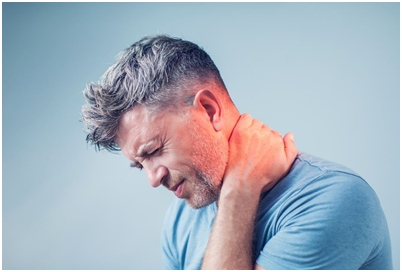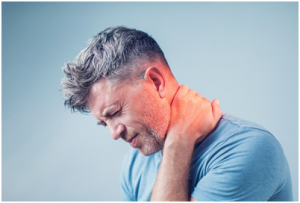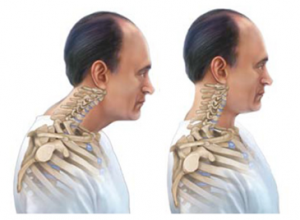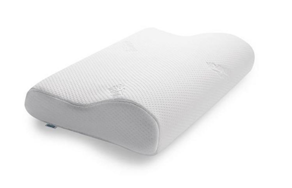
The Awkward Neck; What can help with my pain?
Regardless of the nature of your job or lifestyles that you lead, you may have come across the occasional awkward Neck pain. Symptoms may range from mild to severe, from a lack of mobility, to stiffness and pain with movement. These manifestations should not be ignored as it may indicate an underlying problem.
In this article, we seek to discuss some of the common causes of neck pain, highlight some of the tell tale signs which may warrant immediate attention as well as provide some tips on how you may be able to manage your neck pain.

Source: physio-pedia.com
Causes of Neck Pain

Source: spine-health.com
Neck pain can present for a variety of reasons.
1. Muscle strain: due to poor posture during activity (at the desk or while using mobile phones)
2. Degeneration of neck; degenerative changes can occur to the facet joints/discs of the neck; cervical spondylosis
3. Nerve compression: due to disc degeneration/herniated disc or spinal stenosis (narrowing of the spinal canal where the spinal nerve runs through)
4. Injuries: due to acute injuries like falls or car accidents (Whiplash injury)
When to seek for help
- Severe pain that persists for several days without relief
- Pain that spreads down the arms or legs
- Neck pain accompanied by headache, numbness, weakness or tingling
Tips to help combat Neck Pain
1. Posture

Source: michaelpys.com
– Keeping your head within your shoulders can help reduce the load on your neck and prevent strain.
2. Keep moving
– It is generally safe to keep moving your neck within pain-free range of movement. Complete Neck immobilization is usually not recommended (unless you have a fracture). Several studies have shown that immobilization slows down the healing process and promotes chronic pain.
3. Sound asleep

Source: Tempur
– Having adequate support for your head during your night rest is essential to prevent a wry neck and stiffness in the mornings.
4. Adopt a healthy lifestyle
– Regular physical activity and a healthy diet can help prevent problems of cervical in origin. You should proceed with caution when it comes to contact sports, due to the risks of injury. Instead, opt for low-impact sports like walking, swimming, or Pilates.
5. Apply ice or heat
– During the acute phase of any injury (first 72 hours), it can be useful to place an ice pack on the injured area to prevent any swelling and pain.
– Heat packs can be used after the initial acute phase, which can help reduce muscle spasms and joint stiffness.
6. Gentle Stretching
– Gentle stretches that do not cause pain may help alleviate neck tightness. Seek for professional advice if you experience pain with stretches.
7. Neck treatment
– Neck joint mobilizations/manipulations may assist to restore range of motion and cervical spinal decompression can assist in relieving numbness in the arms.
Do not delay treatment, as chronic pain and stiffness can often make your condition worsen and more challenging to treat. Physiotherapists can help identify the root of the problem and work to restore your range of motion, alleviate your pain, and bring back the confidence in you.
For more information, please contact www.rapidphysiocare.com or call +65 6904 4900
Tags : Physiotherapy


